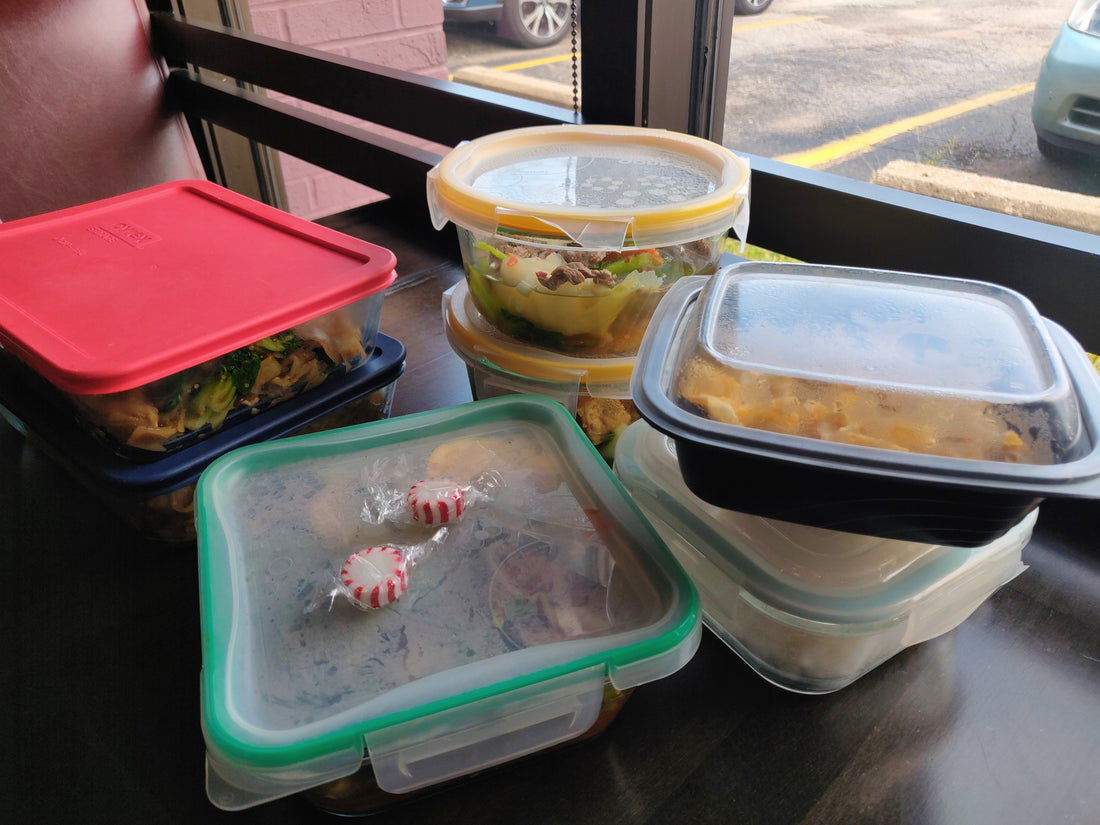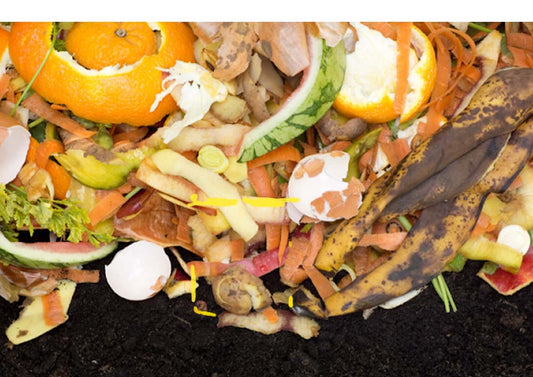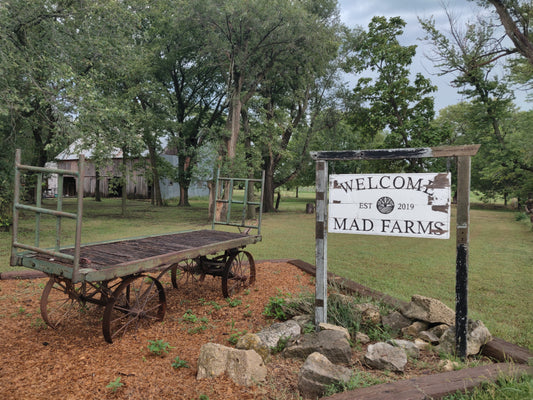
Eco-Friendly Eating Out
We foresee a future where eating out doesn’t mean weighing convenience against sustainability. A future where every restaurant can provide you with a washable, exchangeable to-go box, where styrofoam exists only in old folks’ memories, and where you can eat (or easily compost) your disposable fork. The whole point of eating out is supposed to be that it’s easy, right? One day, we’ll have the systems in place to make eating out easy and sustainable at the same time.
But we’re not there yet, and we know it can be uncomfortable to be an early adopter of sustainable practices in social settings. So we’ve put together some tips to decrease that discomfort and reduce what you end up throwing away when you eat out. Don’t worry if you don’t hit every item here every time. We don’t either! But do your best, encourage others to do the same, and support businesses that make it easier to avoid waste.
General
- Being prepared is key to eco-friendly eating out. But we all forget stuff sometimes. So keep a to-go kit (plate, cup, utensils, and leftover container) in your car. That way you’ll be prepared for any food-related situation that might arise.
Restaurants
- Before you go to a restaurant, think about how they serve their food. If it’s on disposable plates or with plastic utensils, make sure to bring your own. If you don’t know how it’s served, bring your own just in case. I put a plate and silverware in a gallon ziplock bag so it’s easy to pack up to take home afterwards. You can carry it into the restaurant in a tote bag—or a purse, messenger bag, backpack, or whatever fits your personal style.
- Bring your own container for leftovers. Whatever you would use at home works great—or you might have specific containers you like to bring because they’re thin or lightweight. When you’re done with your meal and the server asks if you’d like a box, politely decline. You can say you brought your own—or if you don’t want to draw any attention, just say you’re still working on your meal and put the leftovers in your container once the server leaves the table. This is not a health code violation, so you don’t need to worry about anyone being upset. I’ve packed my own leftovers scores of times and never had anyone ask me not to.
- The easiest way to get takeout is to order like you would if you were going to eat in the restaurant, then pack it up in your own containers to take home. Again, no one will have a problem with this since you’re the one packing up the food. If you feel uncomfortable leaving right after you get your food, maybe having a drink or appetizer while you wait will help. Make sure to tip your server as you normally would for a sit-down meal.
- Of course, one reason for getting takeout is to avoid the wait in the restaurant! Expect mixed results with this approach, but you can always call ahead and ask if they’ll put your to-go order on a plate. Then you can transfer it into your own container when you arrive. Even if they say no, it will help start the conversations and societal shifts that need to take place to improve sustainability in restaurants.
Food Trucks and Fast Food
- Bring your own utensils! No matter how they serve the rest of the food, this is one factor you can control. If necessary, mention when you order that you have your own fork or spoon so they won’t hand you your food with a plastic one already in it.
- Depending on what you order, the server might be able to put it right onto your own plate or into your own container. It never hurts to ask! If they can’t, see if there’s anything else they can do to minimize waste (like serving your sandwich on wax paper instead of in a styrofoam container).
- Ask if you can fill your own cup at a self-service fountain or just bring your own water bottle. Avoid plastic water bottles whenever possible.
Others’ Homes
- If you know the host pretty well, offer to help provide dishware for a small-to-medium-sized gathering. We did this a few weeks ago when our friends had a barbecue. Just reach out to say you’re excited to come to the party and would love to help provide dishware to avoid disposables. Offer to do the dishes so that’s not a factor. If they take you up on the offer, wonderful! If not, drop it and know that you tried.
- If your offer to bring dishware is declined, or you don’t know the host well enough to offer in the first place, or it’s a huge gathering, just bring plates, cups, and utensils for yourself or your immediate family. If you’re worried about others’ reactions: don’t be. Most people will not notice, and fewer will say anything. The only comments I’ve ever received have been positive. But if someone tries to turn it into a political debate that you don’t want, don’t let them. Just be polite and remember that you live in a free country where you have the right to use your own fork!
Work
- Remember that to-go kit we said to keep in your car (plate, cup, utensils, and leftover container)? Make an identical one to keep at work. That way you’ll be prepared for any workplace food situation. Coffee? You’ve got your mug. Birthday cake? No plastic fork, please! Catered lunch with leftovers for supper? You’ve got a plate and something to carry the extra home in.
- If you don’t have a real plate available, think about whether you even need one. Eat the bagel off a napkin or put the snack mix in your empty coffee mug.
Your Morning Drink Stop
- Whether your morning beverage of choice is coffee, tea, or soda, think about whether there’s a more sustainable way to get it that fits within your routine. Can you switch to a place that will let you refill your own cup if your current restaurant or coffee shop does not? For example, the soda foundation at a gas station might be a better option than the drive-thru at a fast food restaurant.
Hotels, Conferences & Events
- If you’re traveling anywhere outside your home—but especially if you’re going on a trip or to a conference or event—take your own water bottle, mug, and to-go kit with you.
- Remember to take that to-go kit with you for all of your meals, including the continental breakfast at the hotel.
- If anyone offers you a plastic water bottle: Just Say No! Unless you are having a medical emergency related to dehydration, find a water fountain…and remember to bring your own bottle next time.
We hope these suggestions make it a little easier to start or scale up your efforts at more eco-friendly eating out. If you have additional ideas or comments—or tips on what businesses in Topeka are best about waste reduction—drop us a line! We’d love to hear your insights and share that knowledge with others.
-Justine



